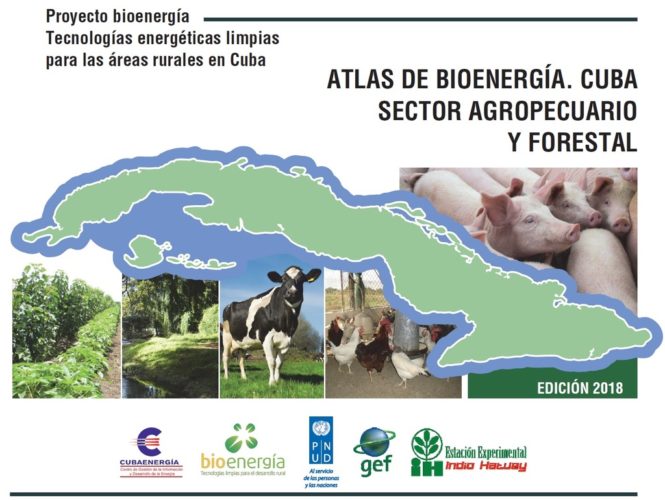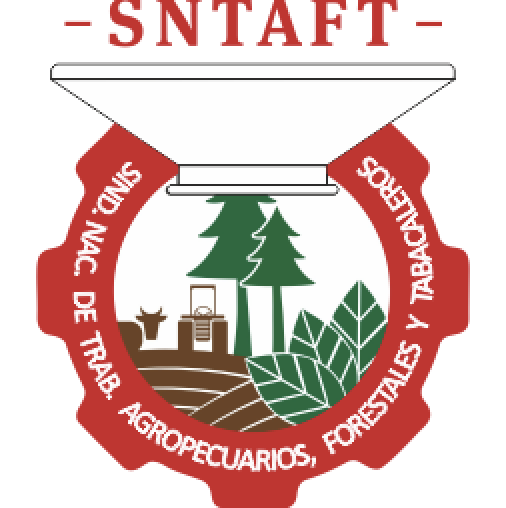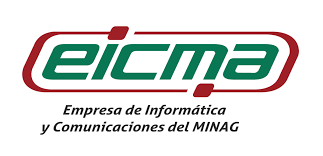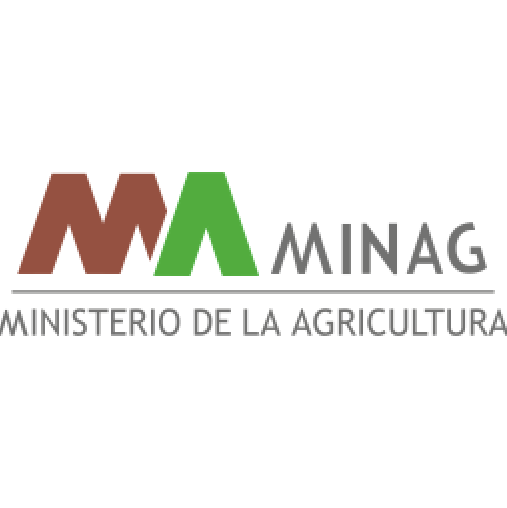GAF
New edition of the Bioenergy Atlas of Cuba 2021 announced
A new expanded version of the Bioenergy Atlas of Cuba 2021 is currently being published and this time it covers the sectors of the Food Industry, the AZCUBA Sugar Group, the Cuban Tobacco Company and others.
The initiative of its second version pursues the purpose that such maps be updated and perfected periodically, commented Doctor of Science Roberto Sosa Cáceres, researcher at the Center for Information Management and Energy Development, (CUBAENERGIA), in an article sent to the Cuban News Agency. He recalled that the first was the result of various institutions, when CUBAENERGIA professionals managed to manage and organize valuable updated information on the potential of the use of energy sources. He cited the fact that it all started from the Bioenergy Project of the Indio Hatuey Pasture and Forage Experimental Station, located in the province of Matanzas, with funding from the UN Development Program. Also with that of the Global Environment Fund and the support of the Bioenergy Network, where several business groups and institutions participated and lasted 14 months from the second half of 2018 to the middle of 2019. Then, the publication in national scientific events came to light, and it has four chapters, 20 maps and 84 pages duly organized for the better understanding of any reader. It included the registration and organization of the possible sources of energy generated by biomass, including wastewater or residues from cattle, pig and poultry farms. In addition, the potential for biodiesel production from jatropha curcas oil and solid biomass, such as rice husks and forest residues in the institutions of the Ministry of Agriculture during 2018. The list of its main effects considered the production of biogas based on the waste from the animal husbandry of the Livestock Business Group, divided into vaccine, swine and poultry, which have an energy value equivalent to 75.3 thousand tons of oil equivalent. For Dr. Sosa Cáceres, if this biogas were used to generate electricity, it would be possible to self-supply the state pig production activity by 30%; of the vaccine (using 20% ??of the excreta), in 176% and of the poultry, in 275%. In the case of the use of biodiesel from Jatropha curcas, integrated into that of food crops, 20% of the diesel used in agricultural production could be substituted, in two different scenarios of concentration of plantations. Although large areas are not required in the country, only 5.8% of the areas declared idle are required in 2017, but of the soils in categories III and IV, the worst for agriculture, 0.7% of the total would need to be used national. Regarding forest biomass and agro-waste, it was concluded that Cuba's high forest cover makes forestry an important factor for the development of its rural areas, where firewood is the main forest product destined to be used as a biofuel.ga




